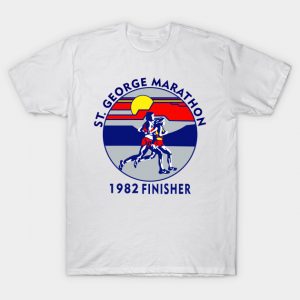The Social Role of T-shirts
T-shirt’s presence in society
T-shirts serve many important roles in society and are very present in our contemporary world. As I found in my field studies, t-shirts seem to be everywhere and a staple in everyone’s clothing wardrobe. Some common themes during my observations of why people wear t-shirts are for comfort, because they’re casual, and because they express individuality. In society as a whole, t-shirts seem to be a choice leisure wear item, representations of identity, conveyors of social changes, communicators, and advertisements or endorsements for products or companies.
Social roles of the T-shirt
A representation of identity…
It seems that t-shirts have been and continue to be a great representation of people’s identity. Printing on t-shirts specifically seems to help t-shirts serve this social purpose because words or graphics perfectly display what a person wants to show the world. In fact, printing on shirts as a means of identifying with an organization appeared in the middle of the nineteenth century and was used by universities in the 1930s (Crane 2009). Using shirts to represent organizations or universities definitely occurs in our contemporary society. During my field work, I saw many people wearing t-shirts that identified them as part of an organization or a university. I, myself, am a participant in this, and I own many club t-shirts and university t-shirts. From my own experience and from what I’ve gathered from others, it feels good to publicly display aspects of one’s identity so openly and to identify as part of a group. A very popular example of identifying oneself with a group through t-shirts in everyday life is wearing a sports fan t-shirt. When someone wears a Chicago Bulls shirt, they are identifying their interests and also identifying themselves as part of that specific fan group.
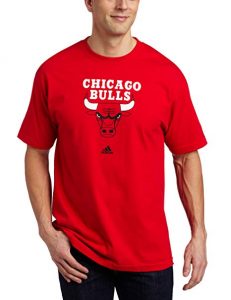



Besides representing organizations or universities, T-shirts represent personal identities in many other ways. For example, people can display hobbies, passions, and interests through their shirts. Wearing an outdoors shirt displays to the public that you view yourself as a person interested in the outdoors or wearing a shirt with an animal hunting image tells the world that you are a hunter and are proud. T-shirts also are great to display music interests. Since the 1960s-1970s, t-shirts have been used to display bands or sold at concerts as merchandise. Especially in the 60s and 70s, wearing a band t-shirt was an important identifier because music was so popular and revolutionary at that point. In fact, many people during those eras wore the band t-shirts to differentiate themselves from society and support the counterculture values. Finally, t-shirts are often used to portray political stances. During elections, t-shirts supporting different candidates are very popular. In fact, one of the first slogan t-shirts originated as a t-shirt supporting Thomas Dewey’s campaign and read “Dew it with Dewey” (BBC).
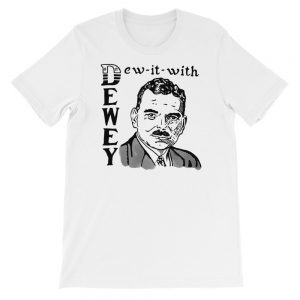

A conveyor of social changes…
T-shirts were popularized in the 1960s and 1970s as visual ways to represent opinions on different social movements and causes. T-shirts were used to protest against the Vietnam War or support social movements like the Civil Rights Movement. From then to the current day, T-shirts have been used to convey both rebellion and conformity, and people use them to indicate their support for social and political causes, groups, or organizations (Crane 2009). Not only are T-shirts a useful representation of one’s own beliefs and identity, but they are also representative of the overall social changes occurring in each era. In the 60s and 70s, it was the war and counterculture ideals. In our current day, we maintain this practice with shirts that support the feminist movement, the black lives matter movement, etc. As Carolyn Mair, a psychologist who specializes in the fashion field, puts it, wearing a political or slogan t-shirt “does get what you want to say out into the world” and “it says we’re not afraid to make a point in public and that we can handle the feedback or response” (Almassi 2017).
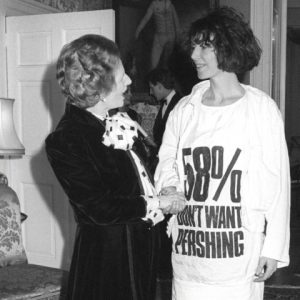

.
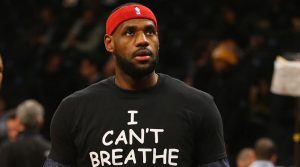
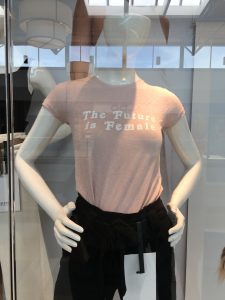
In an article written on Elle.com, Cynthia Greenlee documents how T-shirts helped united black history, culture, and fashion. She writes about how in the 1990s, the T-shirt with the message “It’s a Black Thing. You wouldn’t Understand” was very popular, and how since then, t-shirts have continued to express similar ideals. Celebrities like Serena Williams wore the “Phenomenal Woman” T-shirts that promoted Black Women’s Equal Pay Day. The use of the t-shirt to support pro-black movements and ideals, she argues, results from the long history of black people struggling to express themselves through clothing due to many racial discriminations, so now that they are free to express themselves, they choose to do so through T-shirts.
A communicator…
T-shirts have also been used as a visual communicator in general. As Crane writes in her book, “the use of a specific type of clothing—the T-shirt—to communicate other types of information began in the late 1940s, when faces and political slogans appeared on T-shirts, and in the 1960s, with commercial logos and other designs” (Crane 2009). In general, the T-shirt can communicate ideas related to ideology, politics, race, gender, and leisure (Crane 2009).
An advertisement or endorsement…
Another role of T-shirts is to serve as an advertisement or endorsement for a product, company, or organization. T-shirts commonly show products and serve as casual advertisements, but nonetheless advertisements for the products. On my field study in the mall, I remember seeing several T-shirts which displayed products like coca-cola. Additionally, many companies put their logos on T-shirts as a way to further advertise their store or company. I also saw this during my mall field study. Several stores had T-shirts with their store logos printed on them in large and bold typing. T-shirts can even serve as advertisements for industries like the tourism industry. T-shirts printed for tourist consumption both provide purchasers with testimony of having visited a specific place and serve as souvenirs to show off the tourist location (Schutler 1998).
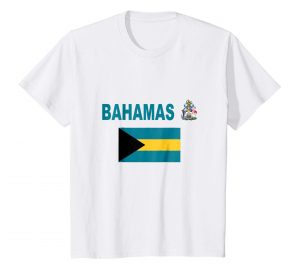

A trophy…
As mentioned above, T-shirts often serve as souvenirs and also as trophies. Wearing a tourist T-shirt shows off to the rest of the world that you have visited that place. In a similar manner, people wear T-shirts that show off skills such as amateur athletics and wearing a T-shirt like a running marathon shirt could help establish oneself as a serious runner to the world (Cornwell 1990). T-shirts given at the conclusion of events serve as markers of that occasion and a wearable display that the wearer attended this event (Cornwell 1990).
